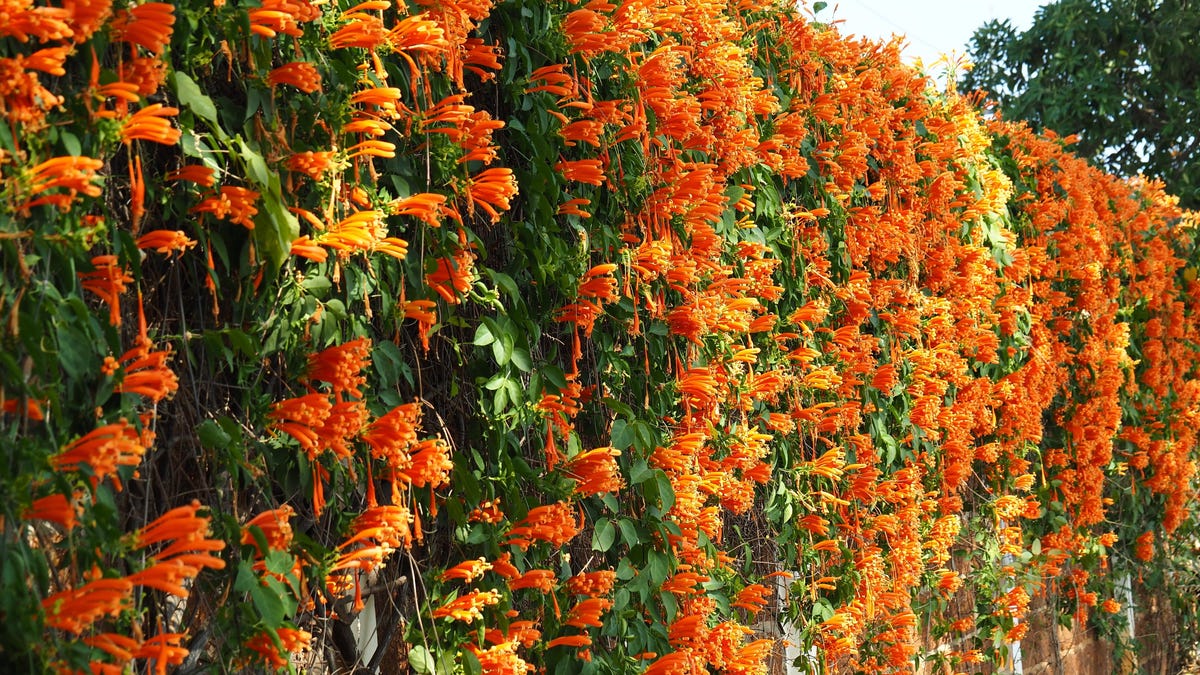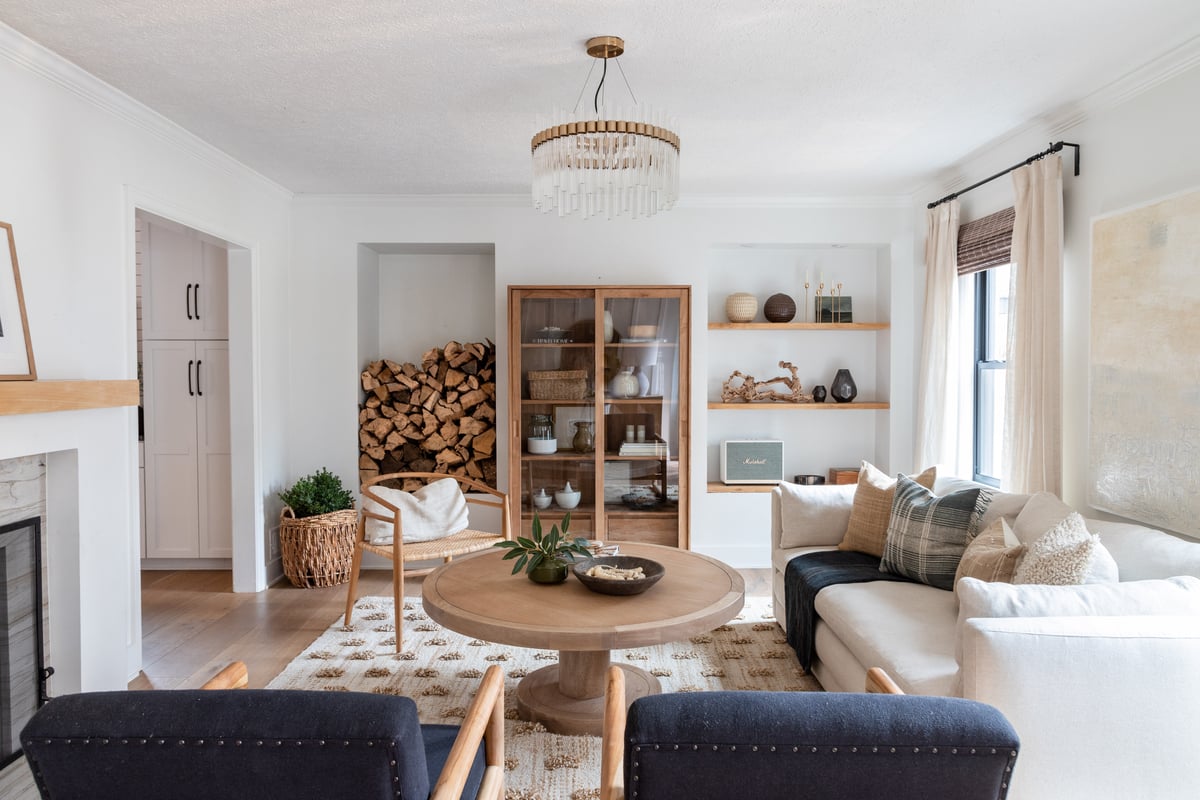How to Grow a Natural Privacy Screen for Your Garden
With the arrival of spring promising warmer, sunnier afternoons ahead, spending more time in your yard sounds inviting. But sipping your morning coffee on your deck while gazing at your neighbor’s garbage cans doesn’t sound quite so peaceful. Whether...


Photo: Mon_camera (Shutterstock)
With the arrival of spring promising warmer, sunnier afternoons ahead, spending more time in your yard sounds inviting. But sipping your morning coffee on your deck while gazing at your neighbor’s garbage cans doesn’t sound quite so peaceful. Whether you’ve got nosey neighbors or just want to cut back on street noise, a natural barrier can help. Here are some ways to grow a privacy screen around your yard or garden.
Choose the right plants for a natural privacy screen
The first consideration when creating a natural privacy screen is the property line itself. If you’ve already got a fence, you can probably add some taller plants to decrease visibility. If you don’t, a hedge line, trellis, or a row of taller greenery might be a good solution. Make sure to check your boundary and local ordinances before digging or planting anything that grows too tall.
For hedges, finding a variety that will grow thick and be easy to train and trim is important—a shrub that wants to spread low or that will grow tall but spindly won’t serve the purpose here. There are many varieties of shrub that are great for creating boundary and privacy, though. For full sun areas, a loropetalum—also known as purple bush—is a fast-growing thick, bushy plant that will give you lots of beautiful foliage.
If you’re after privacy no matter the season, you can try a shrubby honeysuckle. It will spread thick evergreen branches and can grow up to a foot and a half per year. The added bonus to this option is that it gets thicker as you trim it, giving you a full barrier faster.
There are also lots of varieties of native shrubs in North America that will grow best in their native environments and are good for birds and other wildlife; plus, they’re usually well adapted to your local environment and often won’t need as much upkeep to stay healthy. To find these, consult with your local conservation groups.
Try a trellis for a slimmer screen
If you don’t have the space for a hedge boundary, a slimmer version that will have a similar effect is to grow climbing vines on a trellis. Trellises can be made from cedar, mesh material, or bamboo, but the idea is to give your vines a structure to climb on. Once you’ve selected your trellis type, you will need to install them along the border you want to create. Then, plant your vines at the base so that as they grow up, they’ll create a screen of greenery.
Wisteria and climbing hydrangea are two types of flowering vines that are popular for trellises. They will bloom year after year, and in some North American climate zones, they will only need some pruning to thrive. Sun-loving vines that work well for trellises include trumpet vine and black-eyed susan vines. They will grow quite quickly but generally need full sun to bloom.
Consult local gardening groups for advice on native climbing plants that will attract birds and butterflies to your garden, and take care not to introduce invasive vines because of their growth rate and ability to spread rapidly.
Keep your privacy screen contained
If you want to create a border along the edge of a patio or balcony, a row of container plants is your best bet—you don’t have to worry as much about spreading vines or runners, so you can plant pretty much anything that will grow outside under your local conditions. To get a better screen, you can mix hanging baskets with trailing tendrils alongside evergreen or flowering shrubs. Bougainvillea, starflower, and sweet potato vine are all excellent container plants that will give you quick results.
If you have the space, you can also add a small trellis to your container to give your arrangement more height. Choosing a few plants that go into bloom at different times during the growing season will give you flowers for all your outdoor time from spring through autumn.

 AbJimroe
AbJimroe 























.jpg&h=630&w=1200&q=100&v=f776164e2b&c=1)







